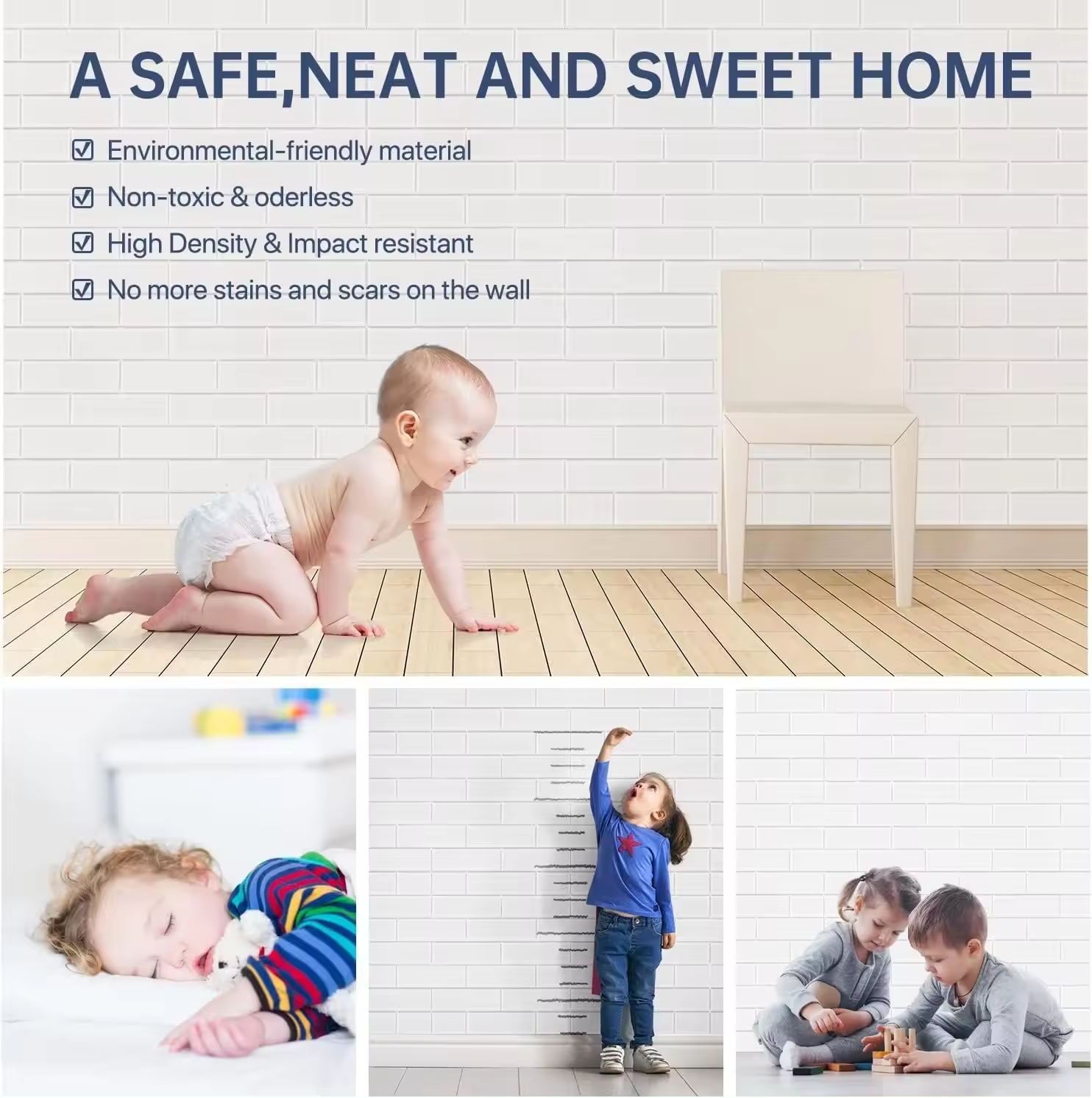Building sound panels is an effective way to enhance the acoustics of any space. Whether you're a musician, a filmmaker, or someone who simply loves a quiet home, sound panels can significantly reduce unwanted noise and improve sound clarity. This article will guide you through the basics of building your own sound panels.
First, understand the purpose of sound panels. They absorb sound waves, reducing echoes and reverberation in a room. This is especially important in spaces with hard surfaces, such as floors and walls, which tend to reflect sound. By strategically placing sound panels, you can create a more pleasant auditory environment.
To start, gather your materials. You'll need densely packed acoustic foam or mineral wool for absorption. These materials come in various thicknesses, which affects their sound-absorbing capabilities. For the frame, consider using wooden boards, as they're sturdy and easy to work with. You'll also require fabric, glue, and a stapler. Choose fabric that complements your interior design while remaining breathable to allow sound waves to penetrate.
Next, measure the size of the panels you want to create. Common dimensions are 2x4 feet, but you can customize them based on your needs. Cut the wooden boards to form the frame, ensuring it's square and fits the foam snugly. Assemble the frame using screws or wood glue for stability.
building sound panels

Now, cut your acoustic foam to fit inside the wooden frame. If using mineral wool, ensure it's properly sealed to avoid dust and fiber release. Place the material inside the frame and secure it.
Once the frame is assembled, wrap it with your chosen fabric. Start from one side, pulling the fabric taut and folding the corners neatly. Use the stapler to secure the fabric on the back of the panel. Make sure to keep everything tight to avoid sagging and maintain a professional appearance.
Finally, hang your sound panels in strategic locations around your room. Ideal spots include walls opposite each other and areas where sound reflects, such as corners. The more panels you install, the more effective they will be in controlling sound.
In conclusion, building sound panels is a rewarding DIY project that can dramatically improve your space's acoustics
. With the right materials and a bit of effort, you can create an environment where sound quality thrives, making your audio experience much more enjoyable.-
Waterproof Dog Blankets for Indoor and Outdoor UseNewsAug.01,2025
-
Sustainable Wool Cat Beds Eco-Friendly Choices for Pet OwnersNewsAug.01,2025
-
Snuffle Ball Benefits for Dogs Mental Stimulation and ExerciseNewsAug.01,2025
-
Puppy Treat Puzzles as Social Tools Fostering Bonding Through PlayNewsAug.01,2025
-
Custom Wooden Pet Houses Tailored to Your Pet’s PersonalityNewsAug.01,2025
-
Corrosion Resistance in Environments: A Guide for Washer Hose ClampsNewsAug.01,2025
